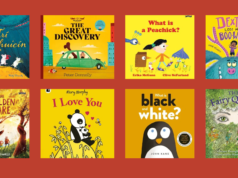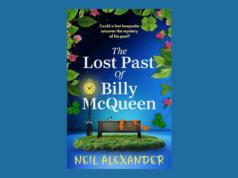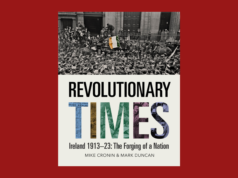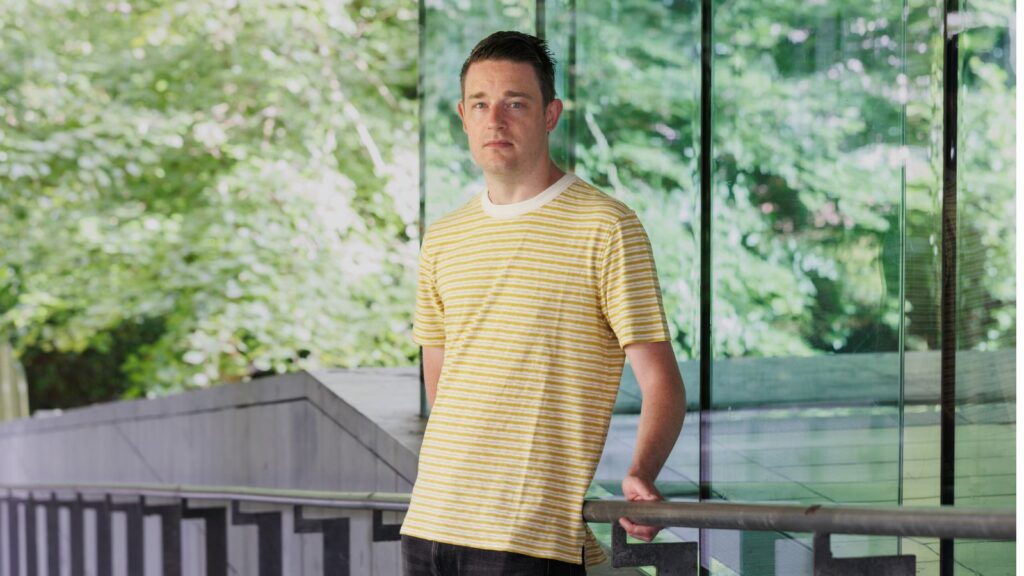
Craig Carry talks about the element of trust, the beauty of constraint, and the excitement of the blank canvas in his work as a cover designer
How do you start?
The process begins on receiving the creative brief. This will comprise the book title, author, genre, background, synopsis and possibly excerpts from the book too. This is the most exciting stage as everything begins as a blank canvas. No idea is off the table and it’s important to be as free and open-minded as to what ideas will be formed.
However, I find it is also very important to research the book at the earliest stage. Regardless of the genre – historical, essay anthology, fiction, non-fiction etc. – it’s necessary to find out as much as possible about the subject of the book. This often begins as gathering information and later gathering as much visual references too.
This is the most exciting stage as everything begins as a blank canvas
At this stage, it’s also important to take as many notes as possible as they occur: appropriate colour schemes, typefaces, visual style etc. It’s also a good idea to be thinking about what may not be suitable to the book cover (colours, imagery, typeface selection etc. that could allude to something unintentional). While it’s important to create something faithful and appropriate to the content of the book, there is still plenty scope for any direction one takes in the creation of ideas.
Everything on the cover is there for a reason, so it’s important to be very clear as to how the message is represented.

What is the most misunderstood aspect of cover design?
The fact that book cover design is a piece of visual communication first and foremost, and it’s important that the design speaks to the intended target audience and is reflective of the subject of the book too.
How much influence does the author have in the eventual design?
In my experience, the client (publisher) will have more say but the whole process is open to everyone’s feedback and opinion. Trust is key in this regard as many decisions can be made in the journey taken from the initial approval of an idea to the cover being signed off for print. Indeed, trusting everyone’s input is one of the most rewarding aspects of book cover design as once the final book is in your hands you can rest assured that it’s a cover that everyone feels satisfied with.

Do you have the freedom to design how you want to, or are you constrained by other factors?
In the initial ideas stage there are no constraints and I would have the freedom to sketch up as many ideas (however unrealistic or far-fetched). It’s important to be free to experiment and be as loose and open-minded as possible when beginning on ideas, at this stage I’m primarily focused on simply seeing what imagery springs to mind.
Usually, a number of stronger ideas will emerge that can be developed further. The main constraint at this stage is allocating sufficient space for the author/title of the book (in addition to sufficient space for text on the back cover too). Additionally, the dimensions of the book will be a factor, the smaller format often requiring a more refined or graphic image.
Usually, a number of stronger ideas will emerge that can be developed further
Later, when getting closer to the final design, constraints may include limited available space on the cover (requiring careful selection of typeface choices); reducing number of colours; refining and simplifying the image; ensuring the cover will reproduce well once printed.
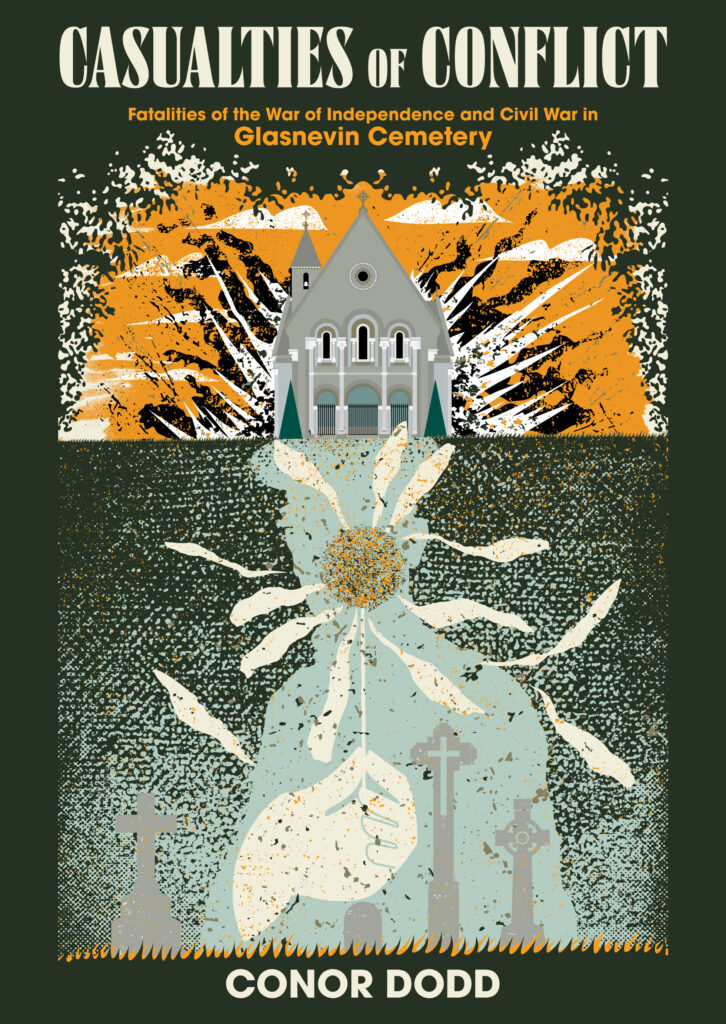
What are the designs that you feel are your best or your most interesting work so far?
I’m pleased with the covers for Ionbhá: The Empathy Book for Ireland, Casualties Of Conflict: Fatalities of the War of Independence and Civil War in Glasnevin Cemetery and An Island Christmas, all published by Mercier Press. It’s very rewarding working for the same client on a number of books as a visual identity is also created.

Is there an author that you’d love to design covers for?
There are too many to name! Authors such as Mariana Enriquez, Kevin Barry, George Saunders, Willy Vlautin, Andrey Kurkov, Sara Baume, Olga Tokarczuk, Max Porter, Kae Tempest…
Who is a designer that you greatly admire?
I love the work of Andrzej Klimowski, Stanley Donwood, Noma Bar, Jason Munn, Jay Ryan, among many others. I love the Noma Bar covers for Haruki Murakami’s books.
Are there any design cliches, tics or habits that get under your skin?
An over-use of—and over-reliance on—stock images.
What do you have to keep in mind when considering someone browsing in a bookshop?
In a good cover design I think the cover becomes a single memorable image, where the design, illustration and typography become one, and the reader’s attention is naturally drawn in.
A part of the challenge of book covers is ensuring that the book cover will look well from a distance as well as up close
I think that someone browsing in a bookshop will have little time to assess a cover so it’s important to have a memorable design so it can hold their attention (if even for the time it takes to hold their gaze or to pick up the book and look closer).
A part of the challenge of book covers is also ensuring that the book cover will look well from a distance as well as up close. For the cover to be effective from a distance, it’s important that the image is as refined as possible and any superfluous details are removed, limit the number of colours used, ensure a considered choice of typeface and careful setting of type too, together with a clear visual hierarchy in the design.
To ensure that the cover looks well up close, I find the following works: incorporating textures, creating visual puns, establishing further points of interest in the background of the design.
What is the best aspect of being a cover designer?
For me, the best aspect of being a cover designer is receiving a copy of the book once it is printed and published. Also, seeing the book in a bookstore is a lovely feeling.








